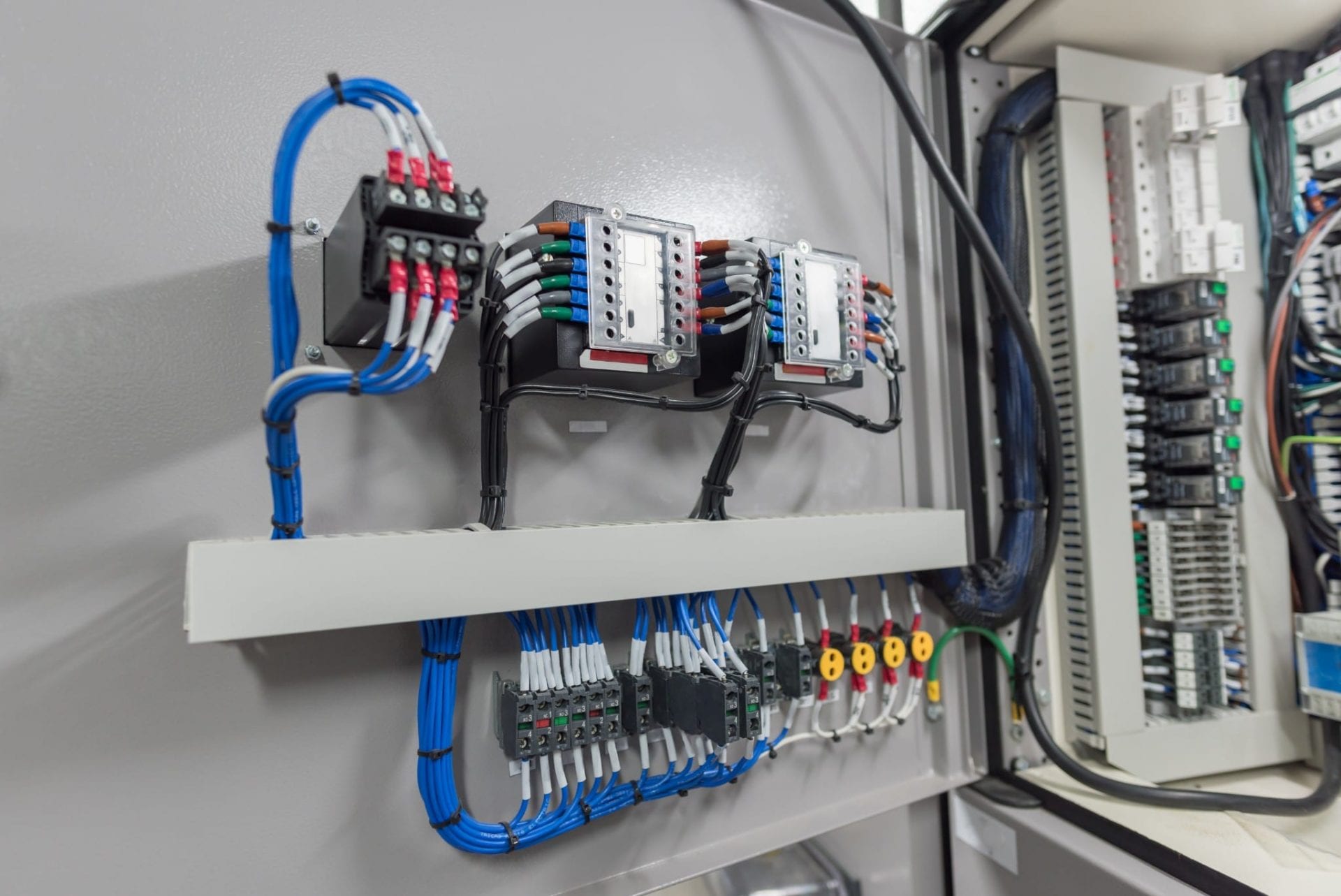The Ultimate Beginner's Guide to Electrical Wiring: Everything

Electrical wiring is a crucial part of any home, and understanding it is crucial for each homeowner. Not only is it helpful in ensuring the proper functioning of your home but it’s also critical for your security. In this post, we’ll go over the fundamentals of electrical wiring and the importance of safety as well as the benefits of hiring a licensed residential electrician to handle all of electrical wiring needs.
Understanding the basics of electrical wiring
Wiring for electrical purposes is the set of electrical conductors that run through your home, carrying electric power to appliances as well as lighting fixtures. It works by forming electrical circuits that connect the electrical power source and your appliances. Circuits for electrical power are comprised of wires, switches, along with other electronic components, which work together to form a secure and reliable electrical system. There are various kinds of electrical wiring. These include aluminum, copper, and wire insulation types like PVC, rubber, or paper.
Preparation and planning for electrical Wiring
Before installing the new wiring for electrical use, it is important to consider a variety of aspects to take into consideration, such as the type of wiring you need, the capacity of your electrical system, and your power needs. In addition, it is essential to be aware of electrical rules and regulations for wiring as well as the permits needed in your locality. To prepare the electrical wires, design an electrical plan, and then assess your electrical needs. This will ensure that your electrical system is secure efficient, reliable, and meets your power requirements.
Materials and Tools Needed for Electrical Wiring
When making new electrical wiring, it is important to have the proper equipment and materials on hand. The most important tools are strippers, wire cutters pliers, as well as a voltage tester. Other materials needed to conduct electrical wiring comprise electrical tapes, wire nuts conduit, as well as electrical box. It’s also useful to have a wiring diagram to help you with the installation process.
Step-by-Step Guide to Electric Wiring Installation
Installation of electrical wiring can be complicated, but with the right equipment and the right knowledge you can do it quickly and safely. Here’s a step-by step guide for installing new electrical wiring in your home:
Turn off the power to the location where you’ll be working.
Plan the wiring layout and mark the location where the wiring will be positioned.
Install electrical conduits and electrical boxes wherever needed.
Cut and strip the wires until the correct length.
Make sure you connect the cables to your fixture or device you are wiring.
Secure the wires in place by using the wire nuts or electrical tape and conduit straps.
Check the wiring to make sure that it’s working properly.
In the process of installing, it is important to adhere to wiring installation best practices and tips. Be aware of common mistakes in the installation of electrical wire such as wiring circuits that are too large, using damaged wires, and using the incorrect type of wire to accomplish the task.
Troubleshooting Electrical Wiring Problems
Even with careful design and installation, electrical wiring problems could develop. Common issues include wiring problems, overloads in circuits as well as electrical shorts. To solve these issues, it is important that you are aware of the most common electrical wiring issues and know how to efficiently and safely solve them. Additionally, it is critical to follow electrical safety procedures in the event of a problem with electrical wiring, such as turning off the power and wearing appropriate safety gear.
Conclusion
In conclusion, understanding how your electrical wiring is wired in your home is essential for your safety and for the proper functioning that your electric system provides. It is crucial to engage an authorized electrician to ensure your wiring is installed and maintained in a proper manner. At Adelaide Electrician, we provide a range of electrical services, including electrical wiring repair and installation. Reach out to Adelaide Electrician at 0488 822 778 for all of your electrical wiring requirements.
Electrical Wiring FAQ
Here are some commonly asked questions regarding electrical wiring, along with additional safety tips and best methods for electrical wiring installation and repair:
What type of wire should I choose to wire my electrical circuit?
The kind of wire you should use for your electrical wiring depends on the specific requirements of your home and the local building code. It is important to use the correct wire gauge along with the insulation type, as well as wire material to ensure security and effectiveness of your electrical system.
Do I have to install an electrical wire of my own?
Although it is possible to build an electrical wire yourself it is important to have the right knowledge and experience to complete the task in a safe and efficient manner. In the majority of cases it is advised to employ an experienced electrician to ensure that your wiring is installed and maintained correctly.
How often do I need to inspect my electrical wiring?
It is recommended to examine your electrical wiring every 10 years or when you observe symptoms of electrical malfunctions like frequent circuit breaker trips or electrical shocks.
What should I do if I find electrical wiring issues within my home?
If you notice any electrical wiring problems in your home, such as flickering lighting or outlets that do not work, it is important to take action immediately. Switch off the power source to the affected area and call a licensed electrician to assess and repair the problem.
By following these tips and the best practices, you can ensure you have electrical connections that are safe and functioning in a safe manner. Be sure to put safety first and get a certified electrician in the event of a need. Reach out to Adelaide Electrician at 0488 822 778 for all electrical wiring issues.
